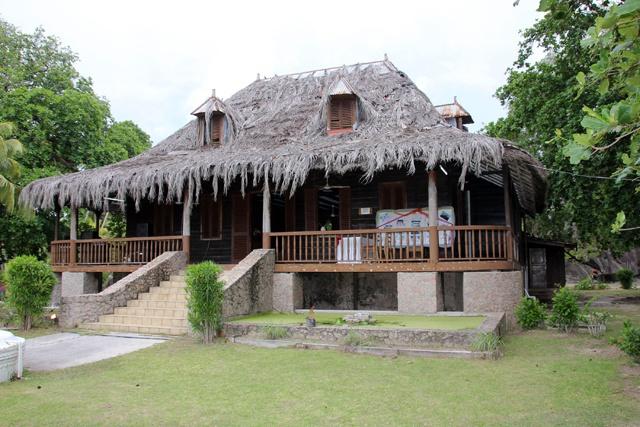La Digue Special Development Guidelines
GuideLa Digue Special Development Guidelines
Posted At: sept. 11, 2024 - 1,392 Views

Permitted Structures:
Treehouses, kids' playgrounds, and open beach bars with a Creole architectural influence.
Construction Materials:
Durable yet natural materials such as a cement-stone combination to protect softer, more adaptable structures.
Restrictions:
No private reclamation, backfilling, or hard structures on the foreshore, ensuring public beach access remains unobstructed.
Land Classification:
Development densities vary by classification, with specific areas reserved for low-impact development.
Wildlife Conservation:
Special attention is required to conserve habitats for species like the Seychelles Paradise Flycatcher.
Invasive Species Prevention:
Measures are mandated to prevent the introduction of non-native species to protect local biodiversity.
Building Heights:
Limited to ground + 1 + attic or ground + 2 if the design has minimal visual impact.
Architectural Design:
Buildings must reflect Creole architecture with attention to roof styles, colors, and environmental integration.
Flood Prevention:
New buildings in low-lying areas must be raised at least 1 meter above ground.
Coastal and Road-facing Fences:
Picket fences with a maximum height of 1.5 meters for access-facing fences and 1.2 meters for coastal fences.
Aesthetic and Safety Restrictions:
Solid fencing, barbed wire, and electric fences are prohibited.
Tourism:
Minimum plot size of 1,000 sqm for tourism purposes outside designated zones.
Residential:
Minimum plot size of 600 sqm for residential development, aligned with local land use classifications.
Initial Consultation:
Applicants should first consult with the Seychelles Planning Authority or the relevant district office to discuss guidelines and assess initial plans.
Site Assessment:
A site visit is conducted to verify the suitability of the proposed development based on land use classification and environmental impact.
Document Preparation:
Applicants must submit a detailed site plan, environmental impact assessment (if required), and construction details, ensuring all proposals adhere to the La Digue guidelines.
Approval Process:
The Planning Authority circulates the application to relevant environmental and public health departments for review. Final approval is valid for a specified period, during which construction must commence.
Purpose of the Guidelines
These guidelines aim to protect the cultural, environmental, and historical values of La Digue, which is known for its distinctive Creole architecture, limited resources, and unique landscape. With the goal of establishing La Digue as an eco-tourism capital, these regulations prioritize responsible development and conservation. A major focus is maintaining La Digue’s status as a high-value tourism destination, while addressing the island’s carrying capacity to prevent environmental degradation.
Foreshore Development<
To preserve the coastal landscape, foreshore developments are limited to light structures and recreational facilities that blend with the natural surroundings:
Land Use Planning and Environmental Considerations
All development must respect land use classifications and environmental policies:
Physical Development Standards
Development proposals are subject to height and aesthetic standards to maintain visual harmony with the landscape:
Fencing Regulations
To preserve La Digue’s community atmosphere and scenic environment, specific fencing standards are enforced:
Waste Water Management
Wastewater systems are required to prevent contamination of groundwater, with a preference for connecting to central treatment plants rather than using septic systems.
Subdivision Regulations
Land subdivision standards ensure that property sizes support sustainable development:
Submission Procedures
The submission process for development on La Digue follows a structured approach to ensure compliance with these guidelines: